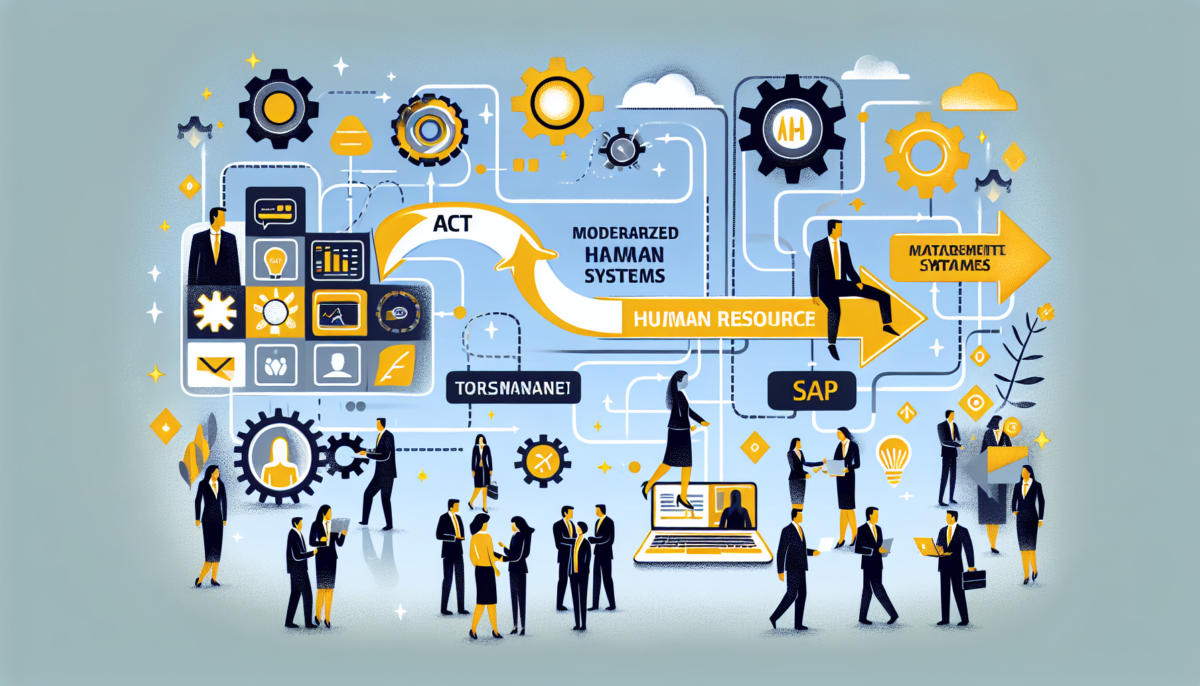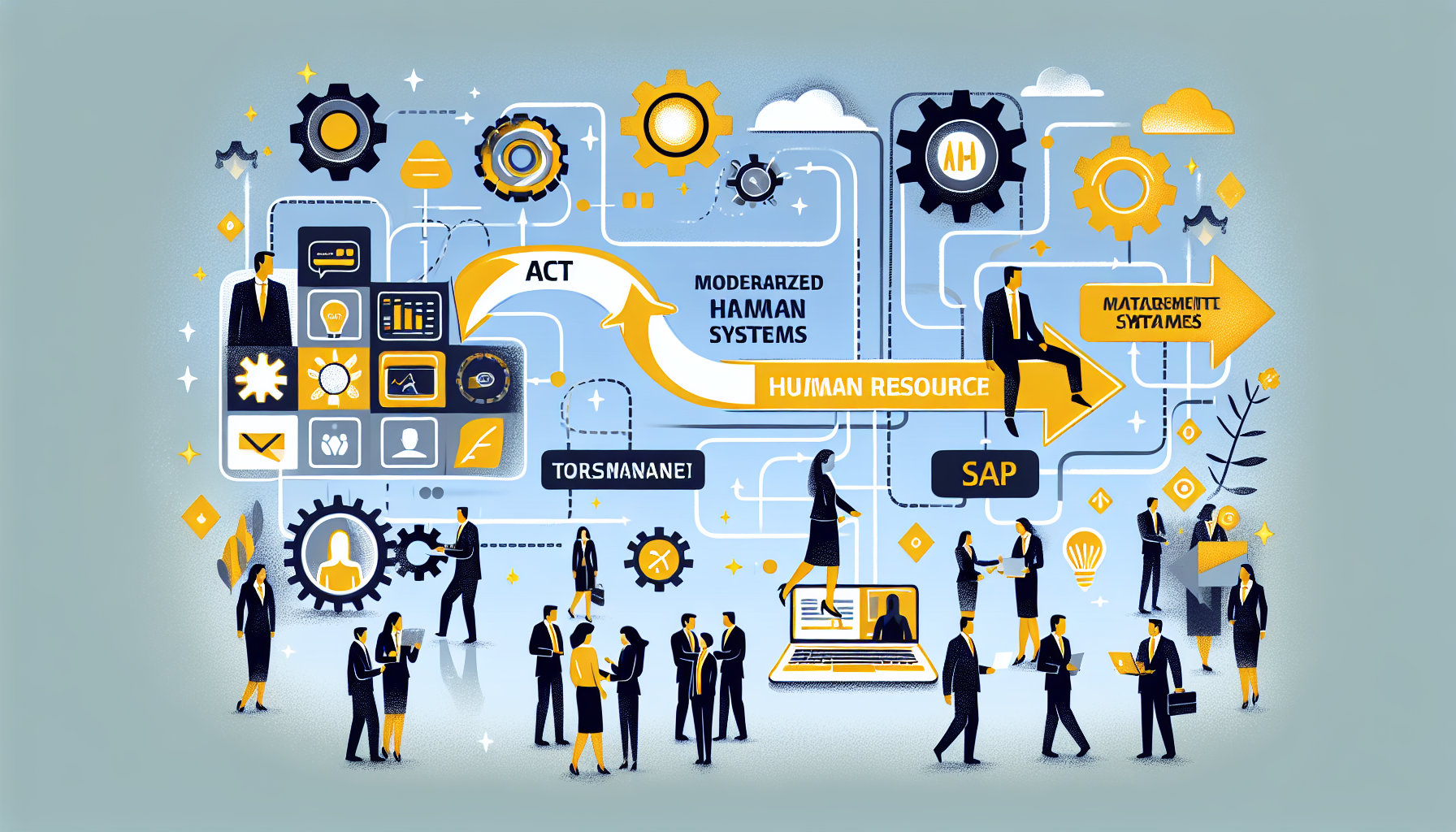ACT propels reform of outdated HR systems following cancellation of SAP agreement
We independently review everything we recommend. When you buy through our links, we may earn a commission which is paid directly to our Australia-based writers, editors, and support staff. Thank you for your support!

- ACT Public Service initiates a three-year upgrade of its HR and payroll systems following the cancellation of the SAP project.
- Current Frontier Software solutions, Chris21 and HR21, will receive updates.
- A new system for time and attendance rostering is set to be launched.
- ACT Government has extended its Frontier Software contract for another five years at a cost of $8.4 million.
- The prior HRIMS initiative consumed $77.6 million but did not achieve its goals.
- The upgrade aims to boost system stability, enhance security, drive automation, and improve self-service capabilities.
ACT Public Service Undertakes Comprehensive HR Technology Upgrade

Rationale Behind the ACT’s HR and Payroll System Upgrade
The ACT Public Service (ACTPS) is set to perform a major upgrade of its human resources and payroll systems. This initiative comes on the heels of the discontinuation of the Human Resources Information Management Systems (HRIMS) program, which was a $77.6 million effort aimed at substituting outdated systems with SAP SuccessFactors, but ultimately achieved minimal results.
The territory is now opting for a more cautious strategy, engaging in a three-year program that will refresh its current Frontier Software systems — Chris21 and HR21 — while also rolling out a fresh time and attendance rostering tool to enhance workforce management.
Upgrades to Existing Frontier Software Systems
Since 2005, the Frontier Software’s Chris21 platform has been integral to the HR operations of ACTPS. The ACT Government renewed its agreement with Frontier Software last year for an additional five years, at a total cost of $8.4 million, serving around 33,000 employees throughout the territory.
This upgrade initiative is aimed at maintaining stability, security, and robust governance for the payroll and HR systems. Additionally, it seeks to foster greater process automation, add more payroll features, and enhance self-service options for ACT public service personnel.
Emphasis on Stability and Security
With the upgrades to the latest versions of Chris21 and HR21, the ACT Government is ensuring that its systems comply with up-to-date cybersecurity protocols and can accommodate the changing requirements of a modern workforce. Streamlining processes is anticipated to minimize manual errors, enhance efficiency, and boost overall employee satisfaction.
Improving the Self-Service Portal
A primary objective of the upgrade is to improve the functionality of the HR self-service portal. Enhancements will enable employees to more conveniently access and modify their data, submit leave requests, review payslips, and manage various HR-related responsibilities independently, easing the workload on HR departments.
Challenges Faced by the HRIMS Program
The discontinued HRIMS initiative serves as a warning regarding extensive IT projects in the government sector. Originally projected to cost $15 million in 2017, the project expanded to $77.6 million by 2023. Despite the significant expenditure, only the learning management module was delivered successfully. An audit characterized the project as a “notable failure for the territory,” citing poor administration, scope expansion, and insufficient governance as key factors.
The choice to abandon further pursuit of full-scale replacements in favor of upgrading current systems reflects a sensible approach by the ACT Government, emphasizing cost-effectiveness and risk management.
Future Outlook: A More Strategic Path to Modernization
Instead of a complete system overhaul, the ACT Government is concentrating on gradual enhancements to its HR systems. This strategy aligns with established best practices in digital transformation, promoting modular updates, agile processes, and continuous improvement to mitigate risks and enhance ROI.
The launch of a new time and attendance platform signals a broader recognition of the necessity for advanced workforce management solutions, especially within a public service context that must ensure flexibility, compliance, and accountability.
Conclusion
The ACT Public Service is adopting a methodical, phased strategy for updating its HR and payroll systems after the cessation of the expensive and ineffective HRIMS initiative. By enhancing existing Frontier Software systems and introducing a new rostering solution, the ACT Government aims to improve stability, security, automation, and employee self-service capabilities over the next three years — a decision that reflects insights gained from prior mistakes and a dedication to smarter digital transformation methodologies.
Q: Why did the ACT Government cancel the HRIMS program?
A:
The HRIMS program was discontinued after incurring $77.6 million in expenses while only producing one module, resulting in it being deemed a “notable failure” according to an audit. The report highlighted issues such as inadequate governance, shifts in project scope, and mismanagement.
Q: What systems will the ACT Public Service enhance in the new program?
A:
The ACT Public Service plans to upgrade its current Frontier Software solutions, Chris21 and HR21, and implement a new time and attendance rostering system to aid in workforce management.
Q: What is the value of the renewed Frontier Software contract?
A:
The ACT Government has signed a five-year renewal agreement with Frontier Software for $8.4 million, which covers licensing for up to 33,000 employees.
Q: What are the key objectives of the new upgrade initiative?
A:
The main objectives comprise ensuring system stability and security, enhancing automation of HR processes, adding new payroll functionalities, and improving the self-service portal for employees.
Q: Will employees have access to new features?
A:
Yes, planned enhancements to the self-service portal will allow employees to manage tasks like updating personal information, submitting leave requests, and viewing payslips with greater ease, reducing reliance on HR support.
Q: What lessons did the ACT Government derive from the HRIMS failure?
A:
The government understood the significance of robust project governance, effective scope management, and the dangers of large-scale IT replacements without embracing incremental, agile delivery strategies.
Q: What is the duration of the new upgrade initiative?
A:
The HR and payroll system modernization initiative is slated for a three-year timeline, focusing on a consistent, gradual implementation of enhancements.
